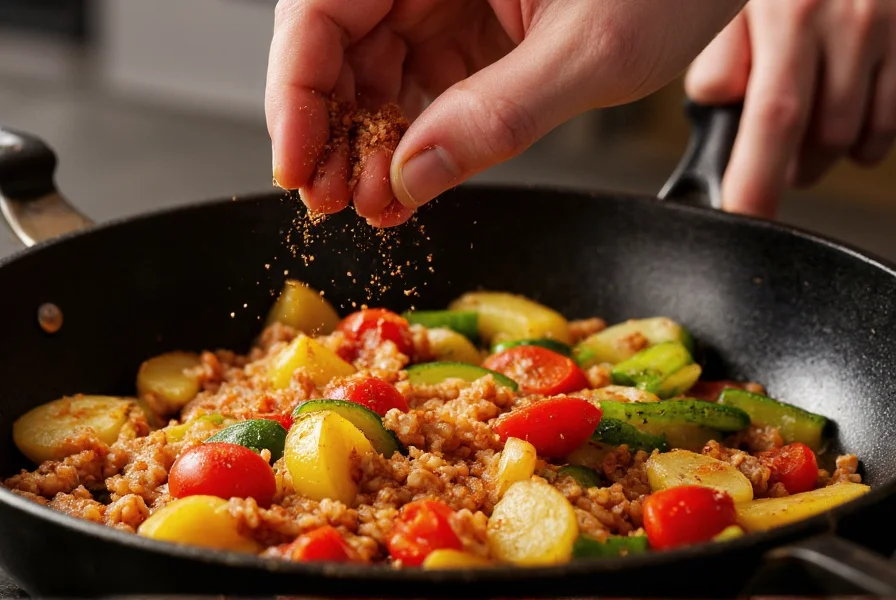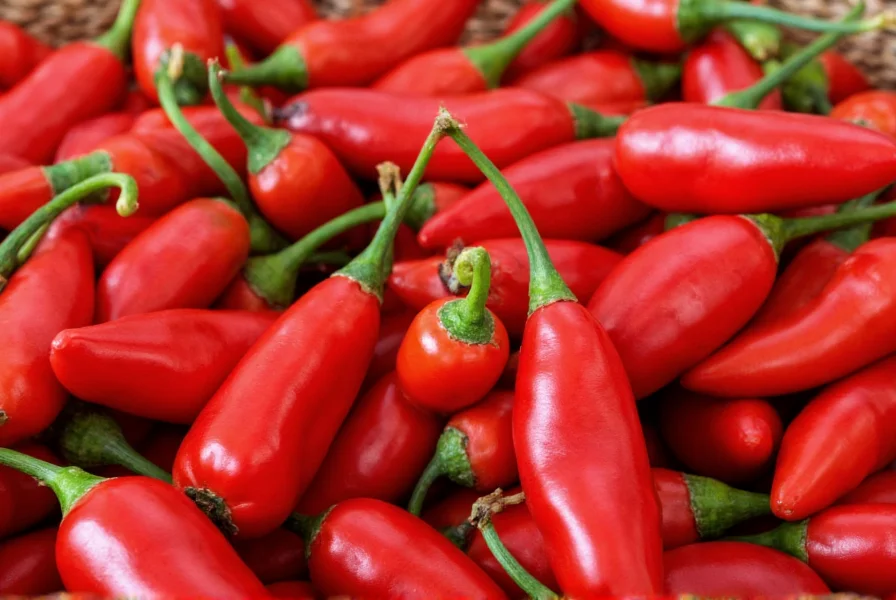Cayenne pepper, scientifically known as Capsicum annuum, has been cultivated for thousands of years, originating in Central and South America before spreading globally through trade routes. Unlike the misspelled 'ceyenne pepper' that often appears in search queries, the correct spelling is essential for finding accurate information about this versatile spice.
Understanding Cayenne Pepper Varieties
When exploring cayenne pepper information, it's important to recognize the different forms available:
| Form | Characteristics | Best Uses |
|---|---|---|
| Fresh cayenne peppers | Slender, 2-5 inches long, bright red when mature | Sauces, salsas, pickling |
| Dried whole peppers | Preserved heat and flavor, longer shelf life | Infused oils, stews, grinding into powder |
| Cayenne powder | Consistent heat level, convenient to use | Seasoning blends, baking, spice rubs |
| Cayenne pepper flakes | Variable heat, visible pepper pieces | Pizza, pasta, dishes where texture matters |

Nutritional Profile and Key Compounds
The primary active component in cayenne pepper is capsaicin, which creates the burning sensation when consumed. This compound has been the subject of numerous scientific studies examining its potential effects on metabolism and inflammation. A single teaspoon (2 grams) of cayenne pepper powder contains approximately:
- 6 calories
- 13% of the Daily Value for vitamin A
- 8% of the Daily Value for vitamin E
- 6% of the Daily Value for vitamin C
- Small amounts of B vitamins and minerals
When researching how cayenne pepper affects metabolism, studies suggest capsaicin may temporarily increase thermogenesis, though the effect on long-term weight management remains modest at best. Understanding cayenne pepper nutritional facts helps consumers make informed decisions about incorporating it into their diets.
Culinary Applications of Cayenne Pepper
Professional chefs and home cooks alike value cayenne pepper for its ability to add both heat and depth to dishes. Unlike the common confusion between ceyenne pepper vs red pepper flakes, authentic cayenne offers a cleaner, more consistent heat profile.
When learning how to use cayenne pepper in cooking, consider these professional techniques:
- Add early in cooking for deeper, more integrated heat
- Use toward the end for brighter, more pronounced spiciness
- Balance with acid (lemon juice, vinegar) to enhance flavor complexity
- Pair with fats (oil, butter, coconut milk) to help distribute heat evenly
- Start with small amounts (1/8 teaspoon) and build gradually

Practical Usage Guidelines
For those wondering how much cayenne pepper to use, the answer depends on your heat tolerance and the dish:
- Beginner: 1/8 teaspoon per serving
- Intermediate: 1/4 teaspoon per serving
- Experienced: 1/2 teaspoon or more per serving
When substituting between forms, remember that 1 fresh cayenne pepper generally equals 1/2 teaspoon of powder. The difference between cayenne pepper and red pepper flakes matters here—flakes contain seeds and membranes that increase heat variability.
Safety Considerations and Potential Effects
While generally safe for culinary use, understanding cayenne pepper side effects is important. Some individuals may experience:
- Temporary burning sensation in mouth or digestive tract
- Skin irritation when handling fresh peppers (wear gloves)
- Heartburn or acid reflux in sensitive individuals
- Nasal irritation when working with powder
Those with gastrointestinal conditions should consult healthcare providers before consuming cayenne pepper regularly. The question is cayenne pepper good for weight loss has limited scientific support—while capsaicin may temporarily boost metabolism, it's not a magic solution for weight management.
Storage and Selection Tips
To maintain maximum flavor and potency when working with cayenne pepper:
- Store dried peppers and powder in airtight containers away from light
- Keep whole dried peppers for up to 1 year; powder for 6 months
- Refrigerate fresh cayenne peppers for 2-3 weeks
- Freeze whole peppers for up to 6 months
- Test powder potency by smelling—fresh powder has a sharp, pungent aroma
Conclusion
Cayenne pepper (not 'ceyenne pepper') remains one of the most versatile spices in global cuisines, offering both culinary excitement and potential health benefits when used appropriately. Whether you're exploring cayenne pepper for cooking techniques or researching its properties, understanding the correct spelling and characteristics ensures you access accurate information. By incorporating this vibrant spice thoughtfully into your kitchen repertoire, you can enjoy its distinctive heat and flavor while respecting its potency.
Frequently Asked Questions
What is the difference between cayenne pepper and red pepper flakes?
Cayenne pepper is a specific type of chili that's ground into a fine powder, while red pepper flakes are a mixture of various dried chili peppers broken into small pieces. Cayenne offers consistent heat (30,000-50,000 Scoville units), while red pepper flakes vary in heat depending on the pepper blend. Cayenne provides more precise heat control in recipes.
How much cayenne pepper should I use in cooking?
Start with 1/8 teaspoon per serving for mild heat, adjusting to taste. For most recipes serving 4-6 people, 1/4 to 1/2 teaspoon is sufficient. Remember that heat perception varies by individual and dish—add gradually and taste as you cook. The powder's potency means a little goes a long way compared to fresh peppers.
Can cayenne pepper help with weight loss?
While some studies show capsaicin in cayenne pepper may temporarily increase metabolism and reduce appetite, the effect on long-term weight loss is minimal. It might complement a healthy diet and exercise routine but shouldn't be relied upon as a primary weight loss solution. The question is cayenne pepper good for weight loss has limited scientific support for significant results.
What are the potential side effects of consuming cayenne pepper?
Common side effects include temporary burning sensation in the mouth, digestive discomfort, or heartburn in sensitive individuals. When handling fresh peppers, skin and eye irritation can occur (use gloves). Those with gastrointestinal conditions like ulcers or IBS should consult a healthcare provider before regular consumption. The effects are generally temporary and subside as the body processes the capsaicin.
How should I store cayenne pepper to maintain freshness?
Store cayenne pepper powder in an airtight container away from light and heat. Properly stored, it maintains potency for 6 months. Whole dried peppers last up to 1 year under the same conditions. Fresh cayenne peppers should be refrigerated in a paper bag for 2-3 weeks. Freezing whole peppers preserves them for up to 6 months. Test potency by smelling—fresh powder has a sharp, pungent aroma.











 浙公网安备
33010002000092号
浙公网安备
33010002000092号 浙B2-20120091-4
浙B2-20120091-4